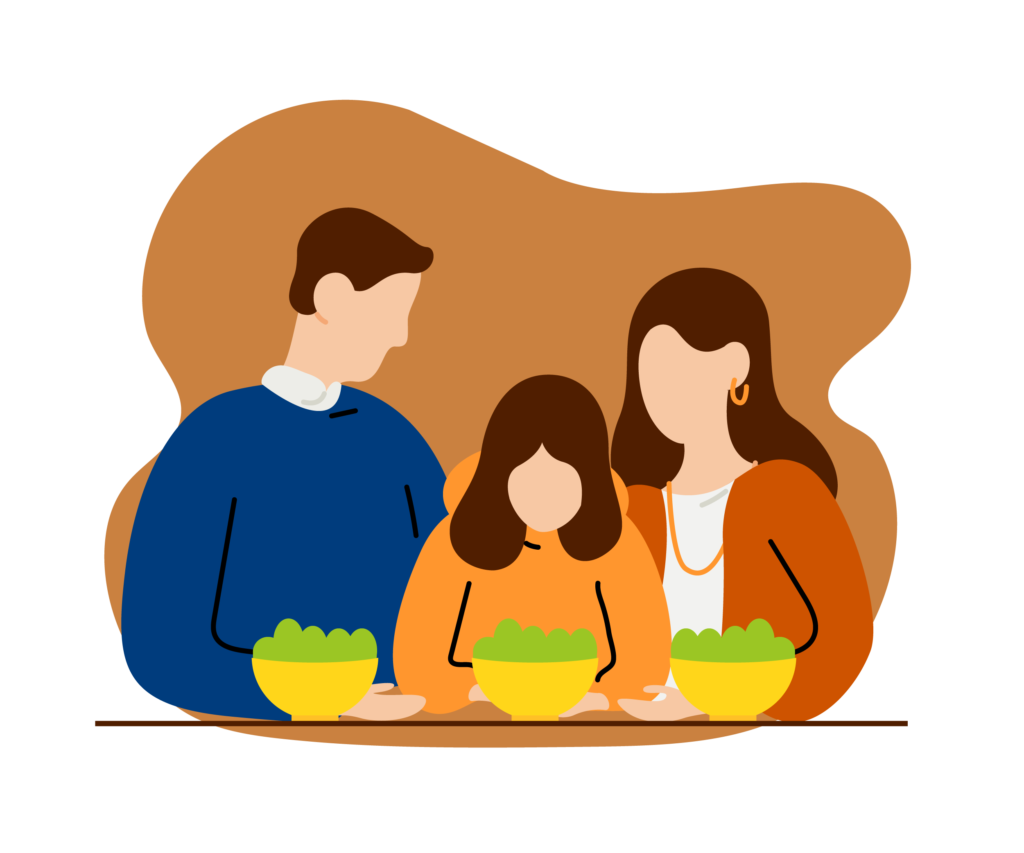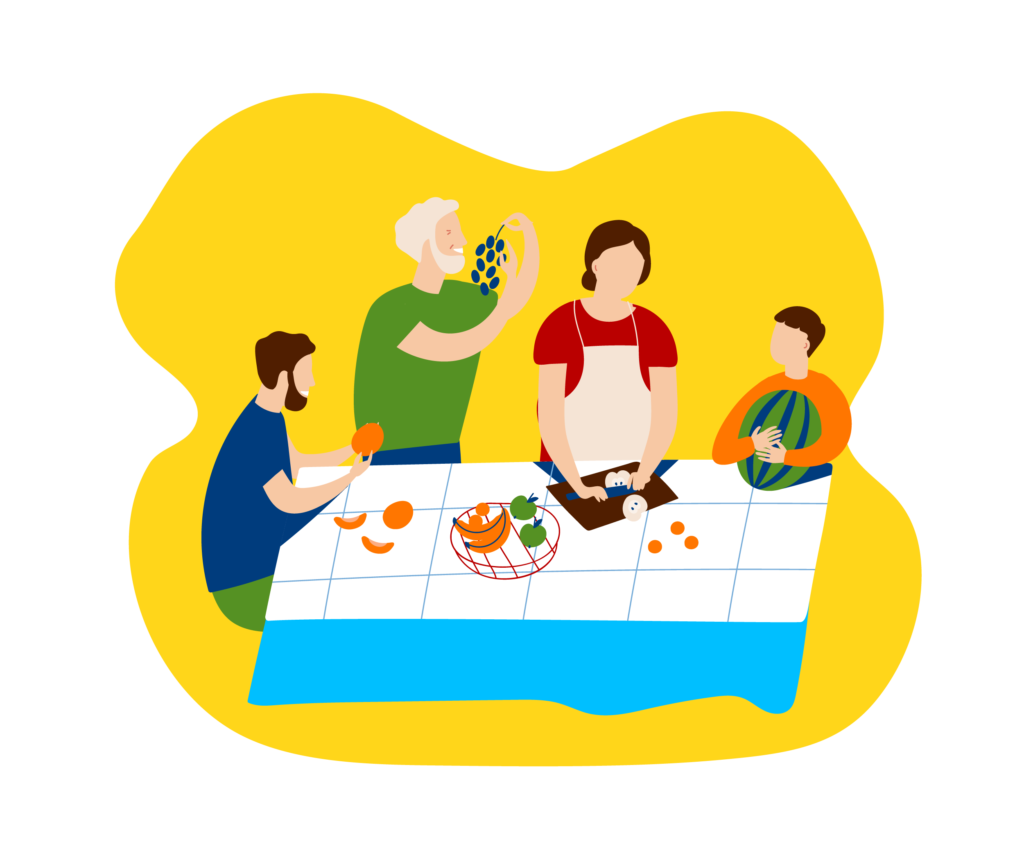Did You Know? A study in China showed that up to 36% of children 24-35 months old showed prevalence of picky eating (Li et al., 2017). Picky eating might be brushed off as “just a phase”, but if this behavior persists, it may lead to malnutrition, social difficulties, and increased anxieties to food, which will severely impact your child’s development.

Factors On Why Children Are Fussy With Food
- Developmental Stage: As toddlers and young children are learning to express their independence, they often use food as a way to assert control. Saying “no” to certain foods or food groups is part of this development process.
- Taste & Texture Sensitivity: Children often have more sensitive taste buds than adults, so they might find certain flavors particularly strong or unappealing and are sensitive to the texture of certain foods.
- Neophobia: Children are programmed with the survival instinct to stick to what they know is safe to eat, which is why they are cautious to try new foods.
- Genetic Factors: Research indicates that genetics plays a role in picky eating. Certain children may be genetically predisposed to be more sensitive to certain taste and texture. You may have a Super Taster on your hands!


DID YOU KNOW?
Baby Shark x CircleDNA Kids
Tests your child for Fat, Carbohydrate, Salt and Taste Sensitivity, Lactose Intolerance, as well Coeliac Predisposition and Toxin Generation Speed

Turning the Table On Picky Eaters
- Offer Variety: Regularly introduce new foods to your child’s diet. It can take numerous exposures to a new food before a child will accept it, but building trust between you and your child will make future offerings easier to accept.
- Cook Together: Witnessing the transformation of ingredients to food will increase their willingness to eat the food they helped prepare. It is also a great bonding activity!
- Create a Food Adventure Chart: Develop a chart where your child can place a sticker each time they try a new food. This turns trying new foods into a fun adventure, encouraging a positive attitude towards unfamiliar items.
- Set a Schedule: Regular meal and snack times can help children understand when to expect food and can help prevent grazing, which might decrease their appetite for mealtimes.
- Lead by Example: Children often mimic the behavior of adults. Regularly eating and enjoying a variety of foods can encourage your child to do the same.

- Keep Portions Small: Large portions can be overwhelming. Start with small servings and let your child ask for more if they’re still hungry.
- Make Meals Enjoyable: Keep the atmosphere at meal times relaxed and positive. Mealtimes are a social activity, encourage conversation and avoid distractions like TV.
- Don’t Force Eating: Forcing a child to eat can create a negative association with food, which may develop into picky eating and in the future disordered eating. Instead, encourage trying new foods but respect your child’s appetite.
- Gradually Introduce New Foods: Pair new foods with familiar ones and gradually increase the new food’s proportion over time.
- Praise Healthy Eating: Positive reinforcement can encourage continued healthy eating habits. Open communication is important as your child is slowly developing into their own person!
Takeaways
Picky eating usually lessens over time as your child gets older, so building good habits early on is vital. It takes a village to raise a child, so do not shy away from consulting a healthcare provider or a registered dietitian to help inform your child’s nutrition plan.
You can also order the Baby Shark x CircleDNA Kids Test for your little one and receive 120 comprehensive DNA reports spanning 13 categories, including diet, nutritional needs, intolerances, weight regain, and much much more.
Finally, you can stop guessing, and start knowing!
References
Li, Z., van der Horst, K., Edelson-Fries, L. R., Yu, K., You, L., Zhang, Y., Vinyes-Pares, G., Wang, P., Ma, D., Yang, X., Qin, L., & Wang, J. (2017). Perceptions of food intake and weight status among parents of picky eating infants and toddlers in China: A cross-sectional study. Appetite, 108, 456-463. https://doi.org/10.1016/j.appet.2016.11.009







Thank you for your sharing. I am worried that I lack creative ideas. It is your article that makes me full of hope. Thank you. But, I have a question, can you help me?
I don’t think the title of your article matches the content lol. Just kidding, mainly because I had some doubts after reading the article.
Thank you for your sharing. I am worried that I lack creative ideas. It is your article that makes me full of hope. Thank you. But, I have a question, can you help me?